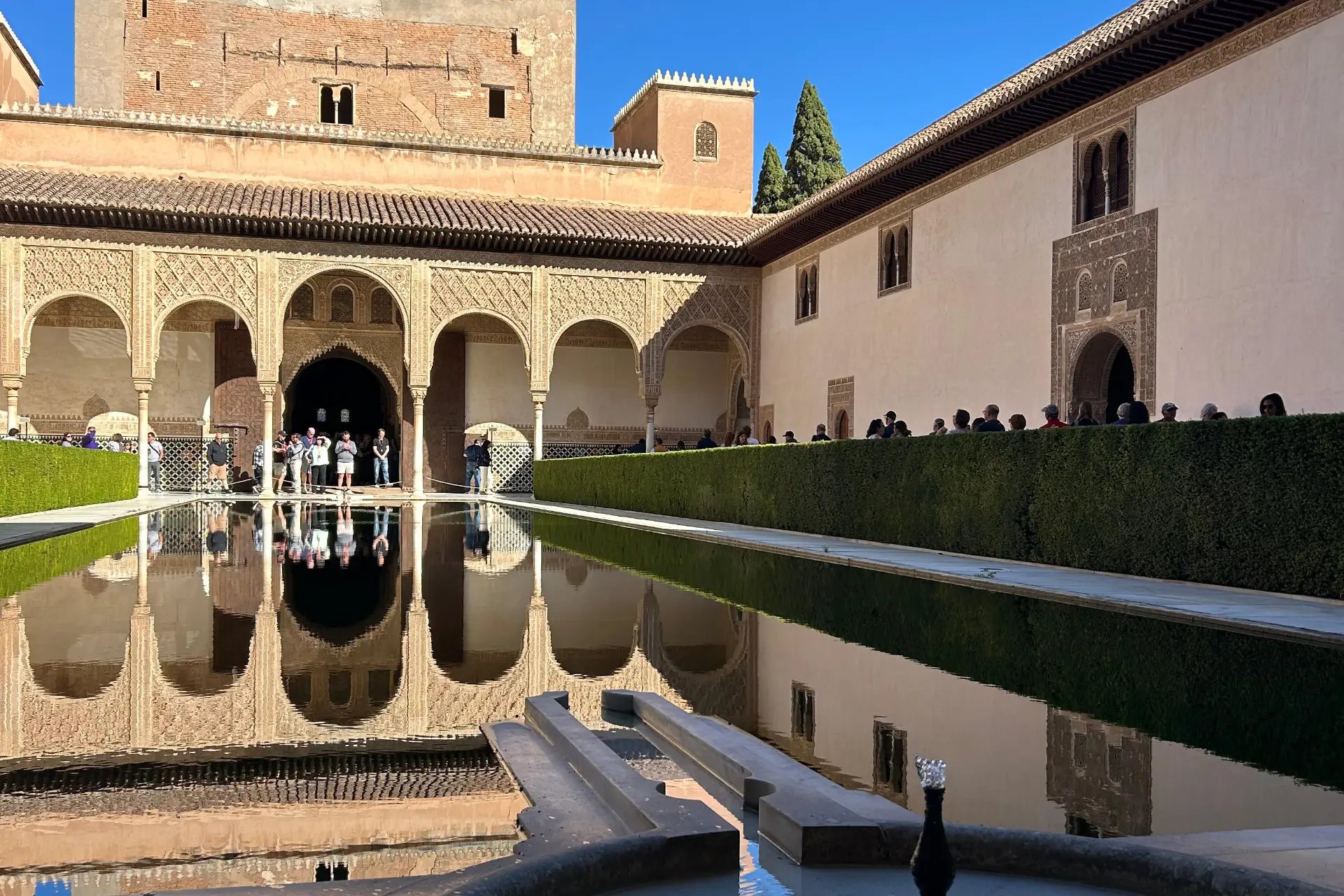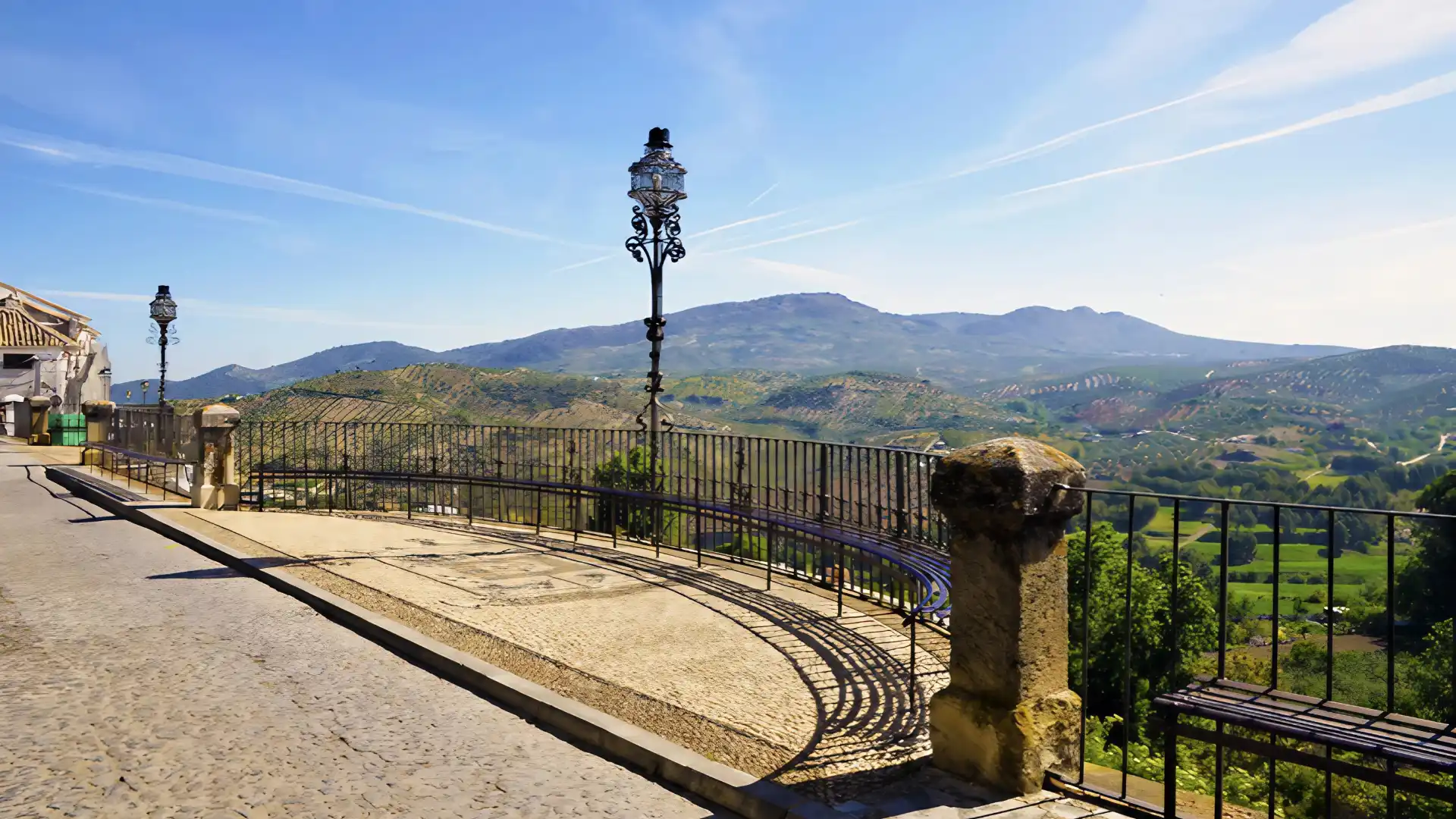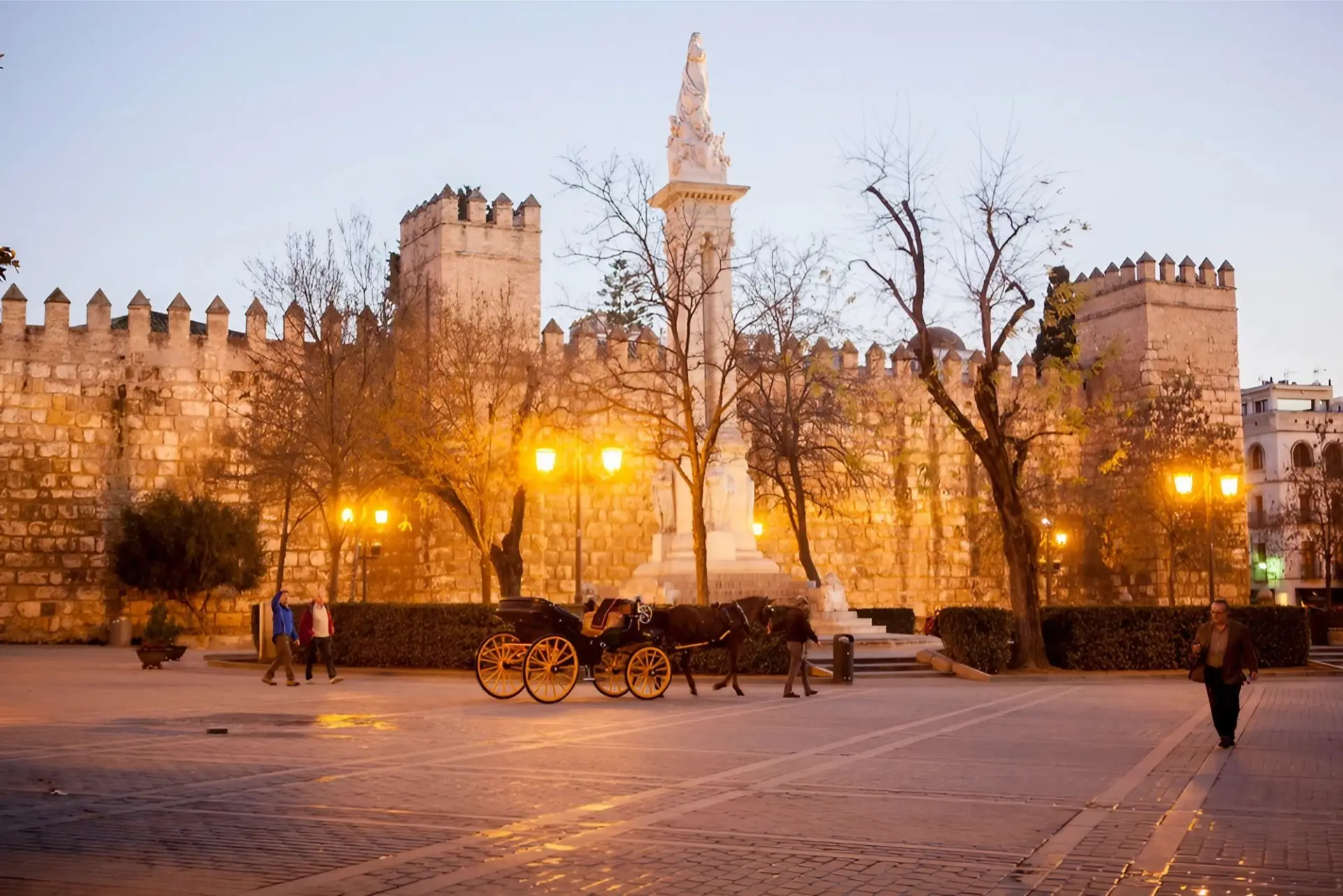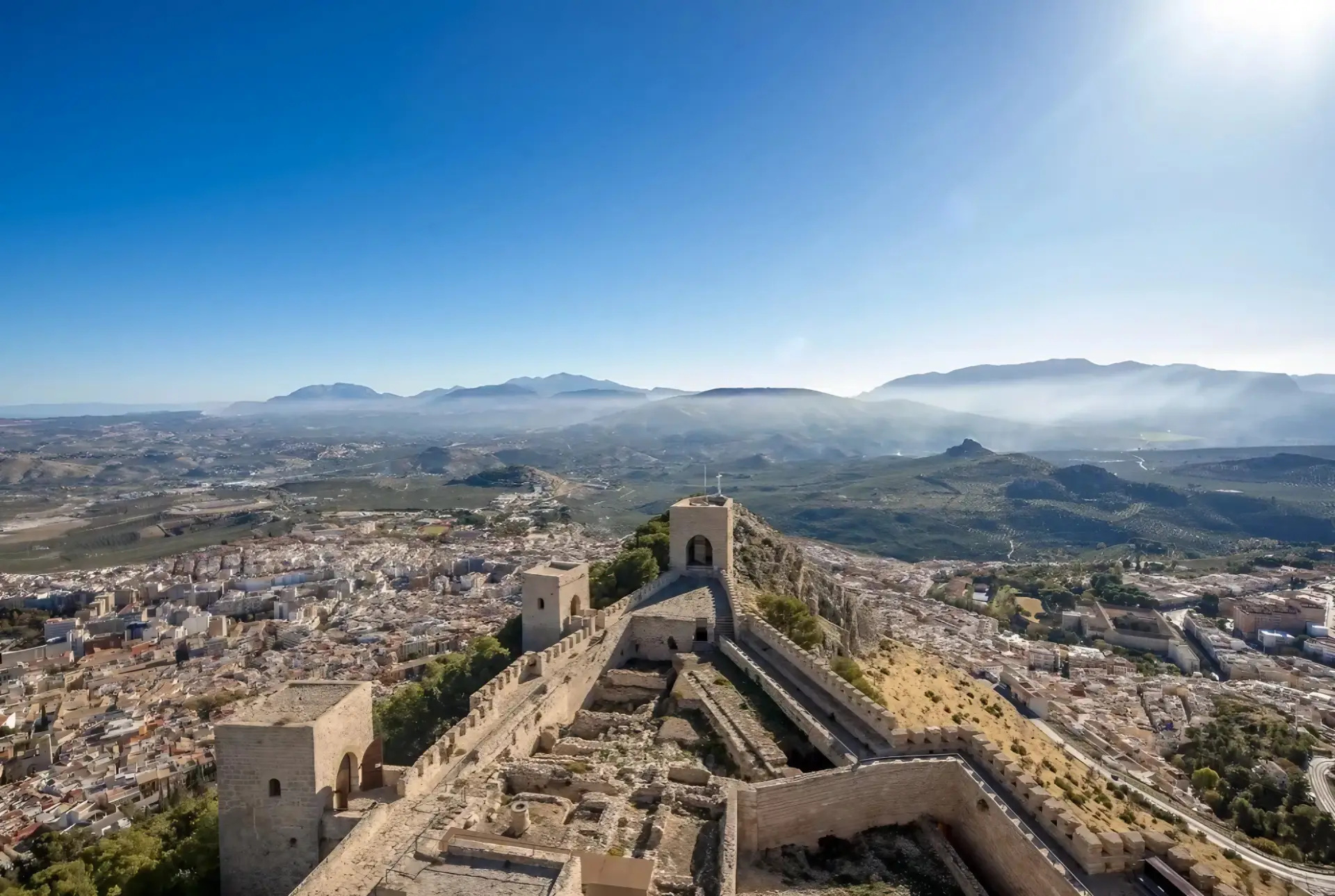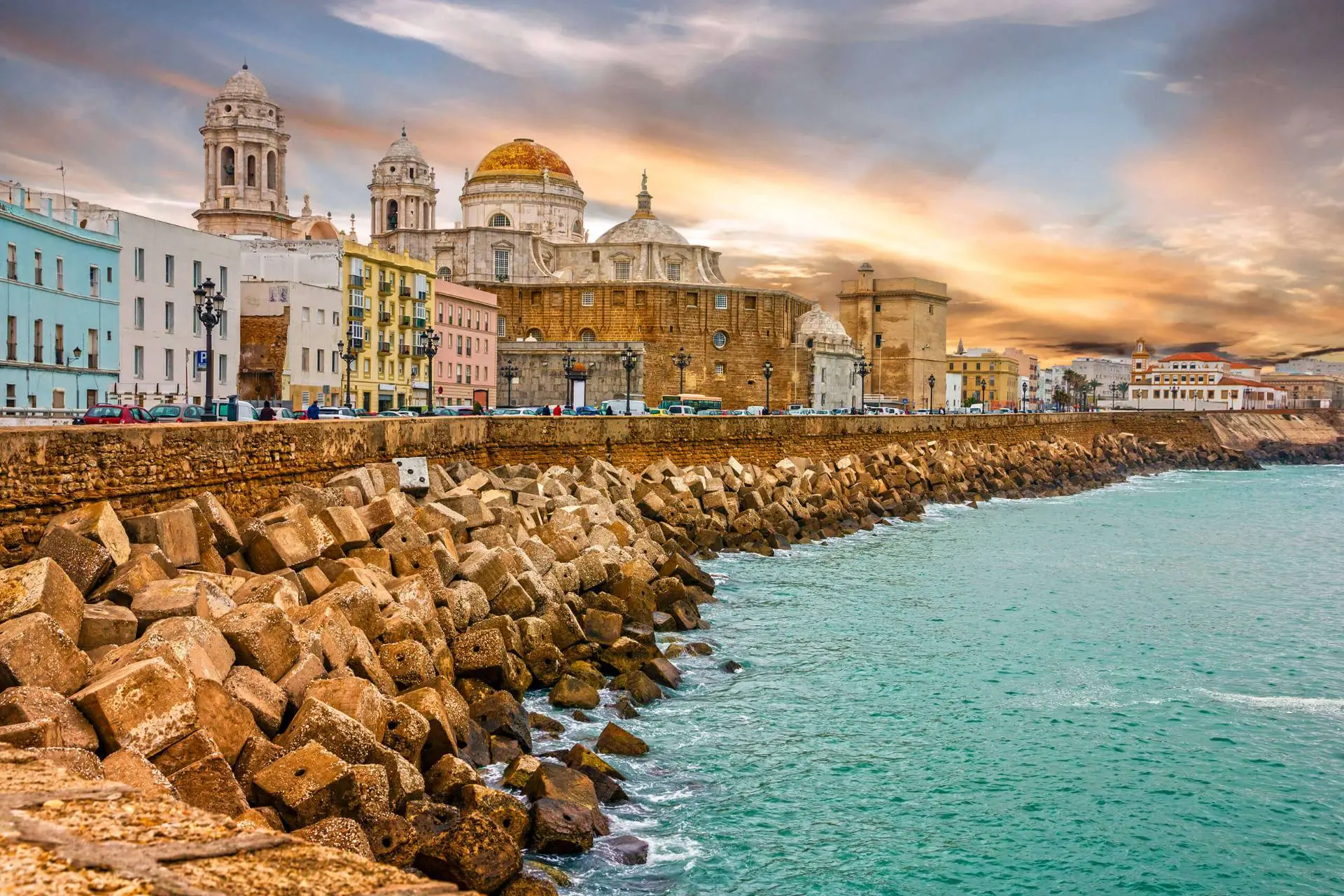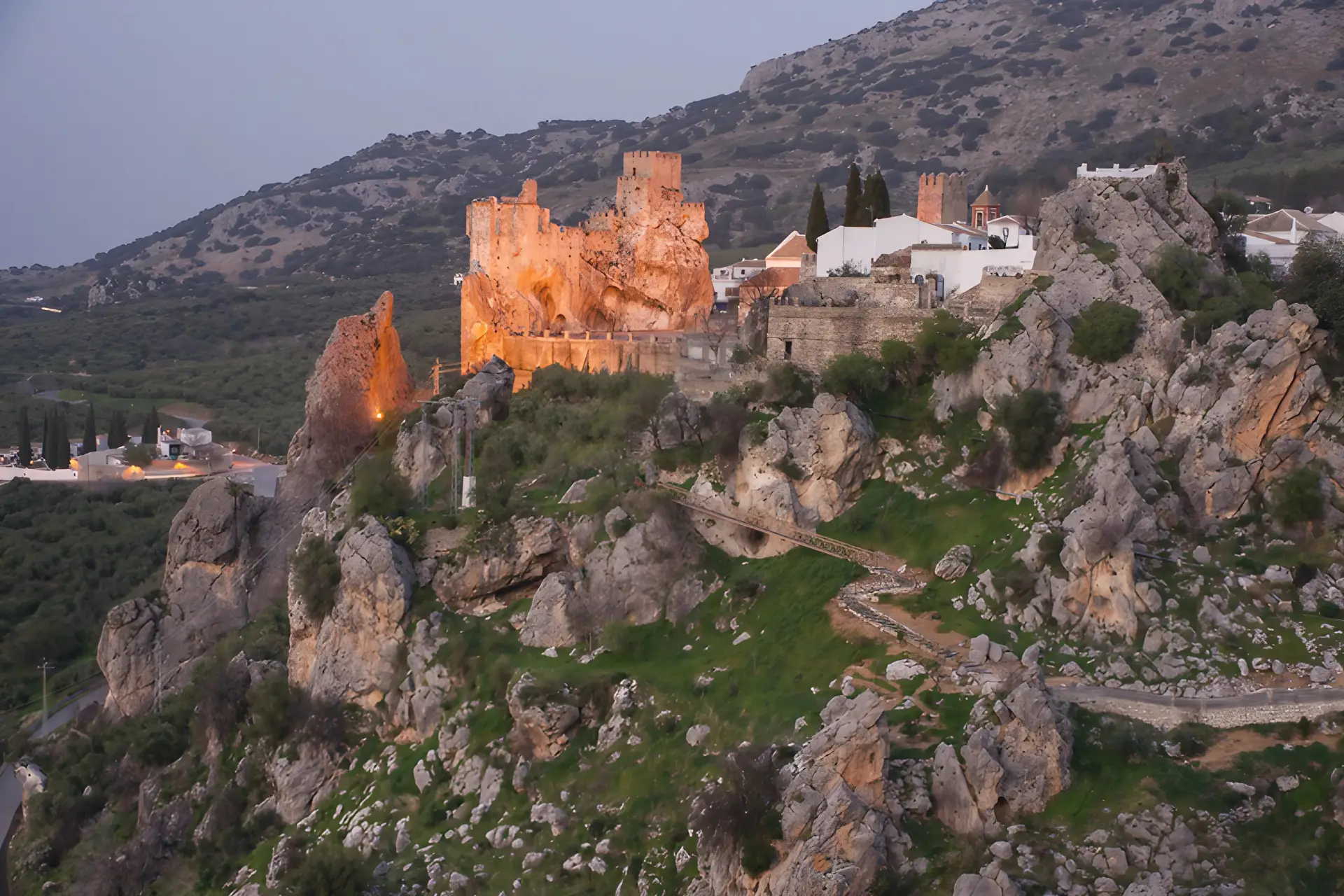Spain doesn’t just know how to throw a fiesta, it knows how to pour one too. From the vineyards of La Rioja to the cider houses of Asturias, Spanish drinks are as diverse and characterful as the country itself.
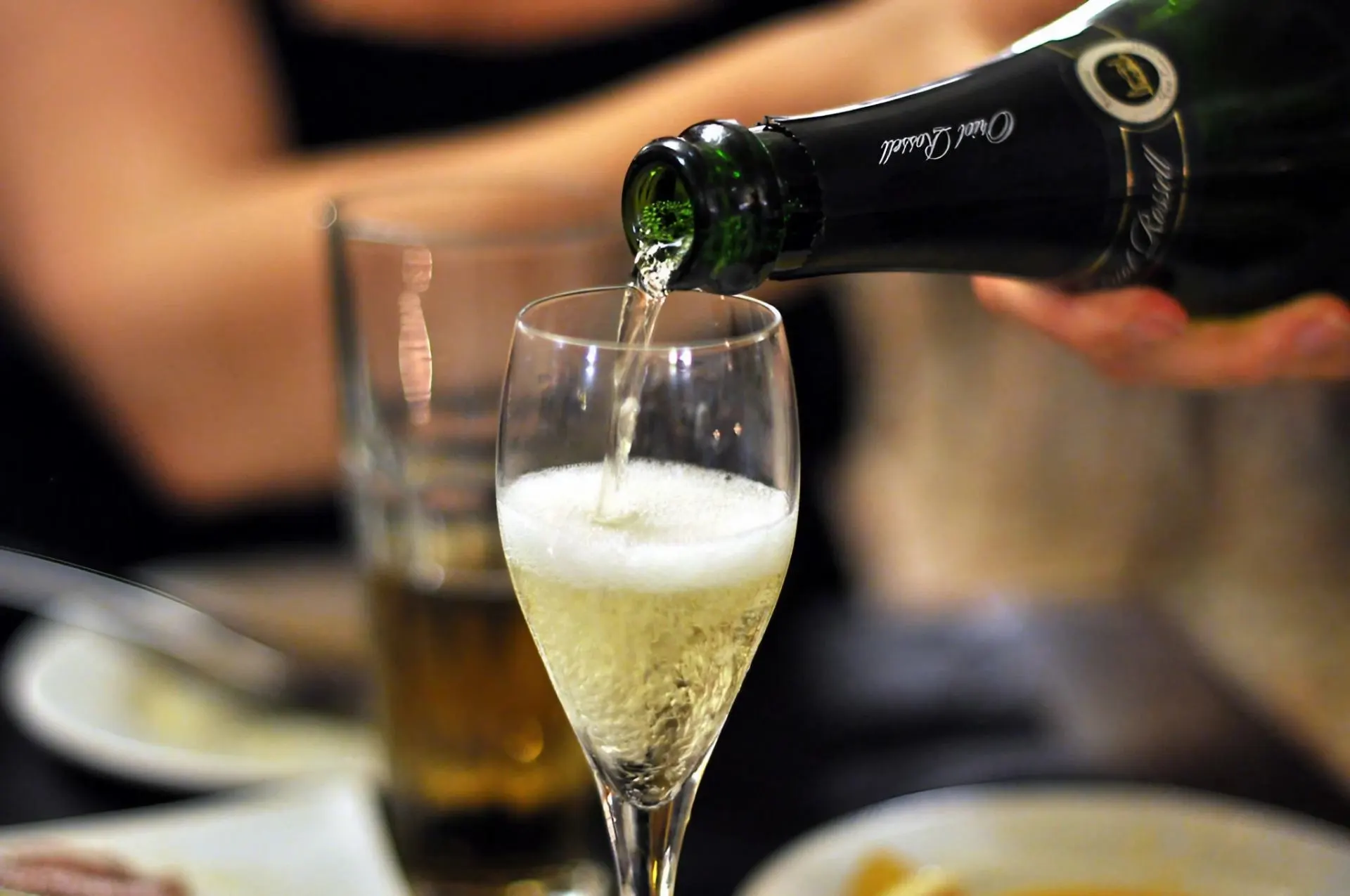
Whether you’re toasting with bubbles, sipping on a centuries-old liqueur, or bravely knocking back something set alight, Spain offers a drink for every mood and moment.
Sidra with a Splash
I spent some of my formative years in the England’s West Country, slurping on scrumpy from a rather too young age! Imagine my delight then, when I discovered Spain produces some rather delicious cider. In Asturias, on Spain’s northern coast, cider (or sidra) isn’t just a drink, it’s a ritual. UNESCO has recognised sidra’s importance adding the Asturian cider culture to the intangible heritage list in 2024.

Made from local apples, Asturian cider is refreshingly tart, often flat, and traditionally poured from a height in a dramatic arc known as the escanciado. It’s a bit messy, sure, but that splash of oxygen unlocks its full flavour. There’s no hanging around either – once poured from on high, you need to chug that cider before the effervescence caused by the pour disappears.
The best way to enjoy it? In a buzzing cider house (sidrería), surrounded by locals who’ll show you how it’s really done.
Cava – Spain’s Sparkling Star
When it comes to sparkling wine, cava is Spain’s elegant answer to Champagne. Mostly made in Catalonia using the méthode traditionnelle, cava offers a range from bone dry to fruitily sweet.
Cava is made with native grapes like Macabeo, Parellada and Xarel·lo, and often costs a fraction of French bubbly. Pop a bottle for brunch or pair it with tapas; there’s always a reason to celebrate with cava.
Beyond Cava
Cava may get the headlines, but Spain produces other excellent sparkling wines under different designations like Corpinnat and Clàssic Penedès, which are carving out reputations for quality and terroir-driven fizz. These often come from organic grapes and are made by small, family-run wineries that focus on sustainable methods and local pride.
I’m going to throw my hat into the ring for the bubbles from Extremadura which give the Catalonian wines a run for their money.
Pacharán – Navarra’s Fruity Favourite
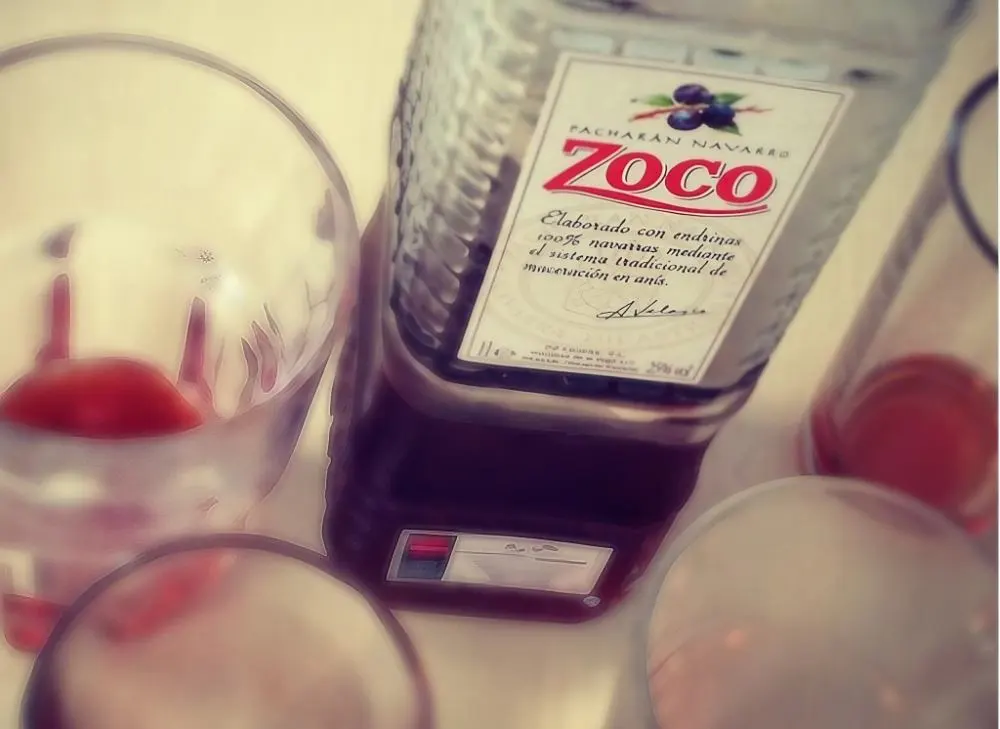
Venture to Navarra (or any bar in Spain!) and you’ll find pacharán, a sweet, ruby-red liqueur made by soaking sloes (endrinas) in anise-flavoured spirits. Think sloe gin but with aniseed instead of juniper.
It’s a digestif with a kick and a long tradition; it’s said even medieval monks were fans. Many say to drink it chilled, but I’m not a friend of ice and find it goes down just as well at room temperature.
Best enjoyed after a hearty meal, you should let the sweet aniseed notes round off your evening. The Spanish tend to give very generous servings, so beware of tomorrow’s head if you think you can manage more than one!
Queimada – Galicia’s Fiery Brew
If you’re in Galicia and someone sets your drink on fire, don’t panic it’s just queimada. This mystical punch is made from orujo (a strong pomace brandy), sugar, lemon peel, coffee beans and spices.
The mixture is lit on fire and traditionally a spell is recited to ward off evil spirits (I’m not sure people bother with the spells anymore). It’s equal parts folklore and flavour, and the flaming blue flames are pretty impressive, too.
Sherry – Andalucia’s Fortified Gem
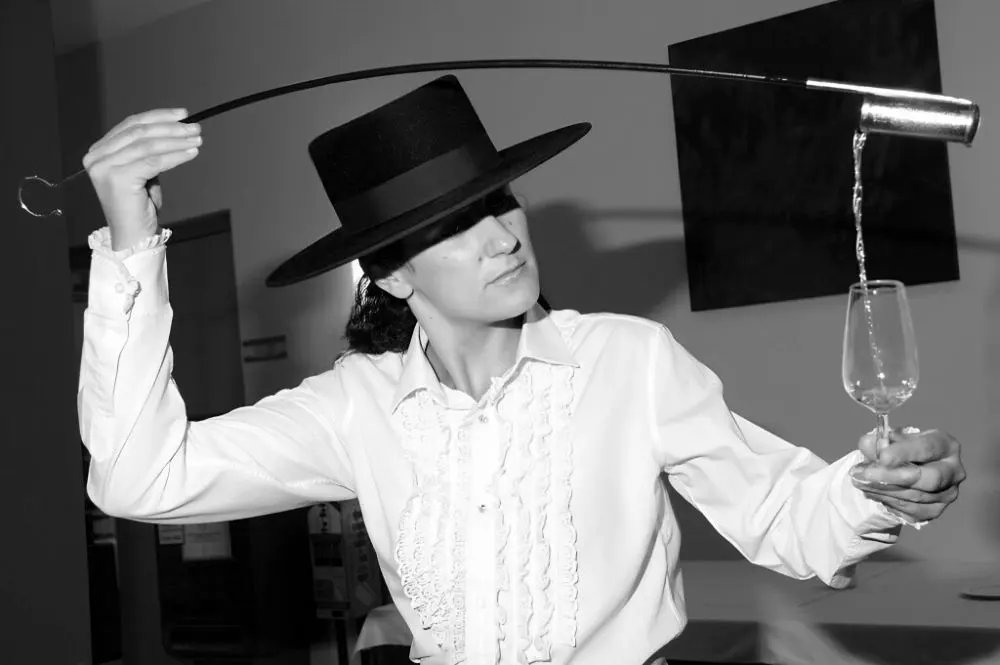
Forget your granny’s Christmas tipple, sherry (jerez) has been back in fashion for a while now. Fortunately, you haven’t missed the boat; you’ll find sherries available in bars and restaurants across the country.
Learn about Sherry production and culture on our Sherry Triangle Tour
Produced around Jerez de la Frontera, this fortified wine comes in styles from dry (fino, manzanilla) to rich and nutty (amontillado, oloroso). It’s the ultimate tapas pairing, especially when served ice-cold on a sunny terrace.
Want something sweeter? Try Pedro Ximénez, it’s like liquid raisins.
Vermouth – The Retro Revival
Spain’s vermouth (vermut) scene has been having a renaissance, especially in cities like Madrid and Barcelona. Usually red and aromatised with herbs, spices, and citrus, vermouth is the classic aperitivo drink.
Served on ice with a slice of orange or olive, it’s bitter, sweet, and effortlessly chic. Look out for artisan brands making bold, botanical blends. My favourite place in Malaga to enjoy it is Antigua Casa de Guardia.
Spanish Wines – More than Rioja
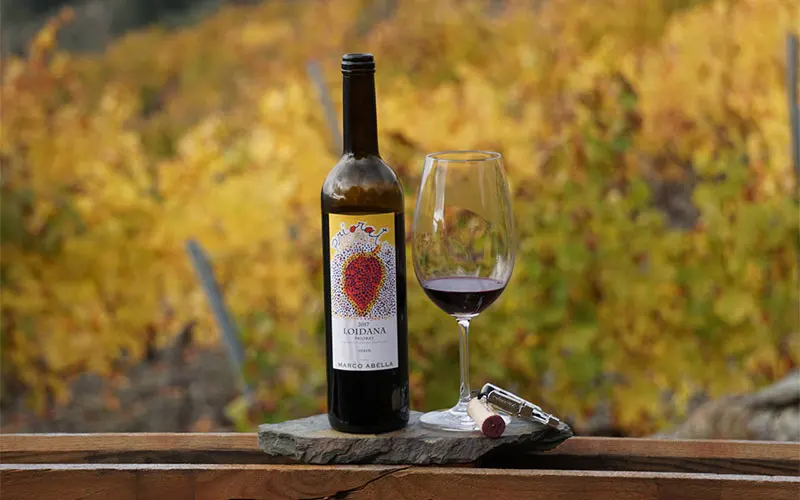
Yes, Rioja is a classic, but Spanish wine is a whole world in itself. There are the bold reds of Ribera del Duero, the crisp whites of Rías Baixas (home to the Albariño grape), the fairytale Priorat reds and the volcanic wines of the Canary Islands.
You’ll find family-run bodegas, ancient vines, and surprising varieties in every corner of the country. Wine tasting here often comes with a side of local cheese, jamón, and unbeatable scenery.
Spain pours with personality
Whatever’s in your glass, be it effervescent cava, smoky queimada, or a sharp pour of vermouth, you’re not just tasting a drink, you’re sipping a bit of Spanish culture.
So next time you’re in Spain, raise a glass the local way – Salud!

